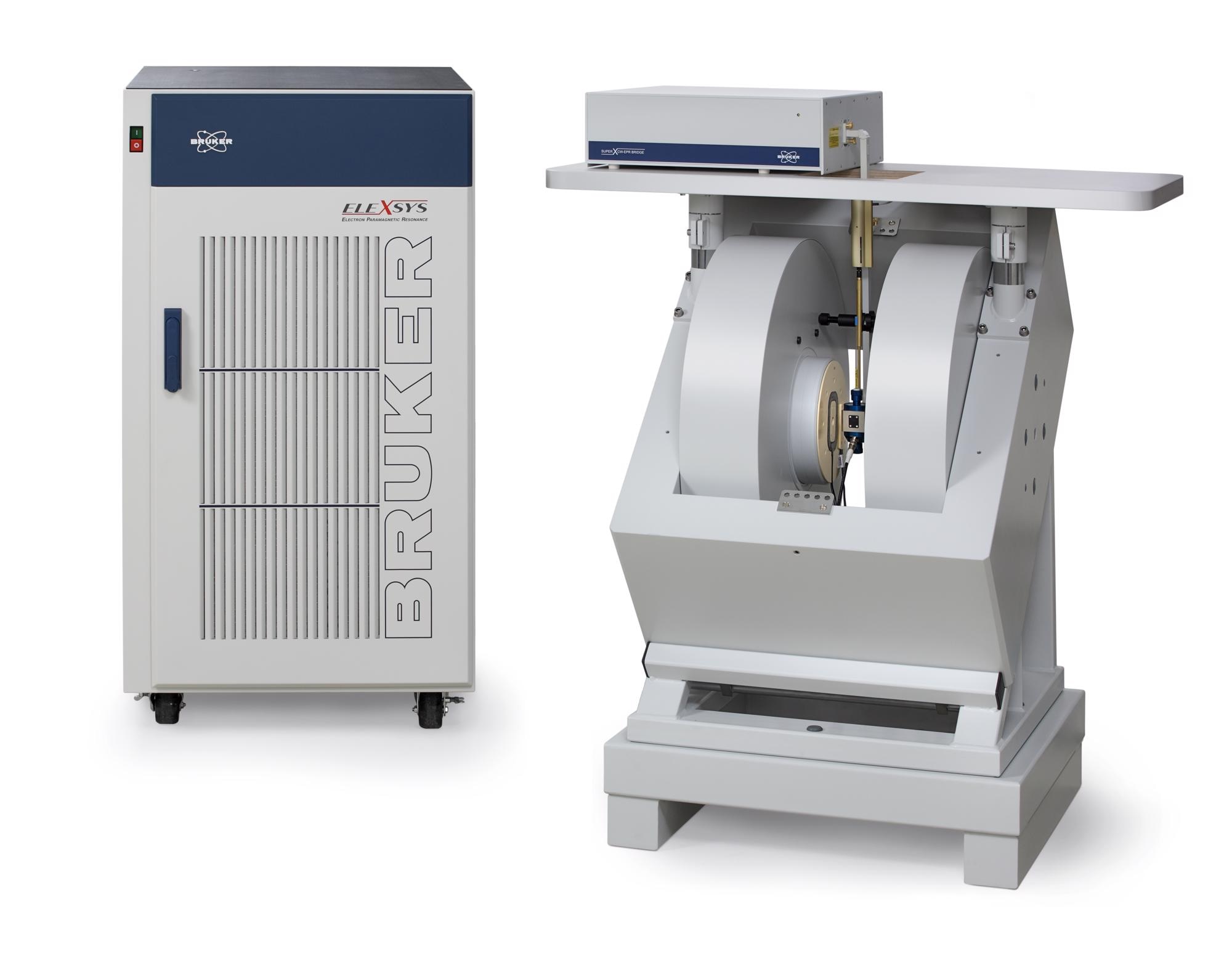Methane is one of the most abundant hydrocarbons on Earth. It is the main component of natural gas and every year that passes, the volume of identified and accessible reserves grows, while petroleum reserves continue to decline. Some countries, such as China, have huge shale gas resources, while other like the United States have begun to tap into theirs with the rise of hydraulic fracturing, or fracking. What’s more, methane is a major constituent of biogas, providing a potential renewable source.

Image Credit: Rudmer Zwerver/Shutterstock.com
But despite the vast availability of methane, its use as a chemical raw material is still low. The majority of natural gas is burned for purposes such as heating, cooking and electricity production, and still significant amounts are flared.
The reasons for this are largely economic: natural gas has a substantially lower energy density than crude oil, increasing the costs of handling and transportation, and there is a lack of industrially viable conversion processes to directly convert methane to more transportable liquid fuels such as methanol or gasoline.
The process of direct methane conversion into chemicals and fuels has been so challenging as to be considered the “holy grail” of chemistry and catalysis. But nature has had a head start when it comes to methane chemistry, which is why scientists think that an ancient form of microbe could provide answers to this 21st century problem.
Methanogenic archaebacteria are a type of microbe that can produce methane as a metabolic byproduct under anerobic conditions. They are responsible for around 90% of all atmospheric methane. But in the oceans, these same microbes reduce the waters contribution to the total global methane because they have their own natural bioconversion process – they can oxidize methane.
One strategy to enable us to directly convert methane to other fuels is to “break it” via oxidation using a biomimetic catalyst. But this requires a scientific consensus of the catalytic process in archaebacteria, which has been a subject of debate over several decades.
Researchers from the University of Michigan recently used electron paramagnetic resonance (EPR) spectroscopy to help settle the matter. It is known that the final step of methane production by archaebacteria involves the enzyme methyl coenzyme M reductase (MCR). This enzyme catalyzes a reaction that causes a methyl group (CH3) from methyl-coenzyme M to gain a hydrogen atom from coenzyme B to form methane (CH4).
But because the reaction proceeds so quickly, the intermediates in the reaction have never been observed. This resulted in two opposing theories as to the mechanics of the reaction. The first involving the formation of a methyl-nickel intermediate and the second involving the formation of a methyl radical.
In a paper published in Science, the researchers studied the formation of intermediate products by slowing down the reaction using a modified substrate. They used a Bruker EPR device to perform rapid freeze-quench EPR which allowed them to effectively take snapshots at different time points during the reaction.

Bruker, the world’s leading supplier of EPR systems, offers a range of systems for all settings from quality control to molecular research. Whether it is bringing EPR to the desktop with the Bruker EMXnano or the exceptional performance of the ELEXSYS-II, Bruker continues to set standards in EPR spectroscopy.
The researchers’ results showed that as the signal from active MCR enzyme decreased, there was no simultaneous appearance of an EPR-detectable intermediate. This would be expected if the first mechanism were true, as the methyl-nickel intermediate contains an unpaired electron and is therefore EPR-detectable. By contrast, the intermediate formed during mechanism 2 is EPR-silent.
Along with data from magnetic circular dichroism, computational, and experimental thermodynamic analyses, the researchers say their findings strongly support mechanism 2.
As well as informing the development of technologies to catalytically generate methane, the findings have important implications for the potential to harness bioconversion processes in fuel production as the reverse reaction – methane oxidation – has been shown to proceed via the same enzyme. As such, our understanding of the final step of methane production could be one of the first steps to harnessing this abundant resource for energy.
References
- Chen S-L, Blomberg MRA & Siegbahn PEM. How Is Methane Formed and Oxidized Reversibly When Catalyzed by Ni-Containing Methyl-Coenzyme M Reductase? Chemistry – A European Journal 2012; 18: 6309-6315.
- Horn R & Schlogl R. Methane activation by heterogeneous catalysis. Catalysis Letters 2015; 145: 23-39.
- Lawton TJ, Rosenzweig AC. Methane – make it or break it. Science 2016; 352: 892-893.
- Lunsford JH. Catalytic conversion of methane to more useful chemicals and fuels: a challenge for the 21st century. Catalysis Today 2000; 63: 165-174.
- Mueller TJ, Grisewood MJ, Nazem-Bokaee H, et al. Methane oxidation by anaerobic archaea for conversion to liquid fuels. Journal of Industrial Microbiology & Biotechnology 2014; doi: 10.1007/s10295-014-1548-7.
- Scheller S, Goenrich M, Mayr S, et al. Intermediates in the Catalytic Cycle of Methyl Coenzyme M Reductase: Isotope Exchange is Consistent with Formation of a s-Alkane–Nickel Complex. Angewandte Chemie International Edition 2010; 49: 8112-8115.
- Wongnate T, Sliwa D, Ginovska B, et al. The radical mechanism of biological methane synthesis by methylcoenzyme M reductase. Science 2016; 352: 953-958.

This information has been sourced, reviewed and adapted from materials provided by Bruker BioSpin - NMR, EPR and Imaging.
For more information on this source, please visit Bruker BioSpin - NMR, EPR and Imaging.